Design processes serve the client
The misdirection to the solution are essential.
SIMPLICITY CREATES CLEARNESS
Discover the transformative power of strategic design
Strategic design is a comprehensive and multidisciplinary approach that uses design principles and methods to achieve long-term strategic goals in businesses or organizations. It goes well beyond aesthetic appearance and focuses on the process of planning, developing and implementing design solutions that can be both aesthetic and functional. This approach involves a holistic view of the organization and the various aspects of doing business. The strategic process is about creating value, differentiation and competitive advantage.
A insight in needs is critical
In order to gain a deep understanding of the company, its employees, market conditions, customer needs and competitors, a thorough analysis must be conducted. Through the insights gained, clear visions and goals are formulated that are aligned with the overall strategic objectives of the business or venture. Strategic design solutions support this vision while meeting the needs of users and customers and being commercially successful.
A central aspect of this is the methodological process of design thinking. This creative, human-centered and iterative approach is based on deep empathic exploration of users and customers to understand their needs, motivations and challenges. Through ideation, prototyping, testing, and continuous improvement processes with customer feedback, innovative solutions are found for complex problems that meet customer needs and desires.
The customer’s view defines success
The design of products and services plays as much a role as the brand identity or corporate vision. Strategic design creates a unique, coherent and solid approach. The values, goals and vision of the venture are central to communication and help build an emotional connection with customers.
Similarly, strategic design also includes the development and design of communication and marketing materials to convey a clear message and consistent value proposition. It takes into account all the channels through which the company connects with customers and which are used to create customer need and interest.
The holistic approach of strategic design aims to create competitive advantage, strengthen the brand, and improve the customer experience. It is about viewing design not in isolation, but as an integral part of business strategy. Through strategic design, companies can develop innovative solutions that are both aesthetically pleasing and functional, enabling sustainable success.
CONSULTING, STRATEGY & DESIGN
My experience designs powerful results.
With my strategic design approach, I enable you, my clients, to succeed and achieve sustainable growth in today’s fast-moving marketplace. In the different modules and steps, a customized solution is developed for you that is aligned with your business goals and promotes long-term success in a dynamic marketplace. Through the strategic application of business design principles, I help you unlock new opportunities for growth and prosperity.
The process has grown during my various stages of my professional career, and I use it to try to cover a wide range of needs and situations. My approach is always consulting and design oriented, because this is the only way we can create unique solutions together. I don’t view marketing, design, technology and strategy as lone wolves. Each of these disciplines is a small building block for a strong brand, company and profitable solution. I rely on close collaboration and iteration to find the ideal solution for the task at hand. Competent, innovative and individual, I provide holistic advice while always bringing new perspectives and possibilities to the project.
I believe that with communication, trust, honesty and hard work, many creative and forward-looking solutions can emerge. The business design is the visual, strategic and entrepreneurial result of the collaboration.
My skills are an extension
for your projects
My experience will bring you further
Business idea
Developing a successful business idea is the clear goal of every company. For this purpose, market gaps or improvement potentials should be identified and innovative and creative solutions should be found for them. The profitability and competitive landscape are always put to the test, without this, the potential of the idea cannot be recognized. Therefore, a business consideration should always be followed by a solid strategy and a formulated plan.
Added value & differentiation
Ask for added value to the product or service and solve an underlying need of your customers. The needs of your target audience are key here, you have to understand them and offer them effective solutions. The key is to create an unexpected but lasting experience, because the goal is to stand out from the competition. This can be through a creative service or offering a functionality that exactly fulfills the desire of the target group.
Cost leadership
There are various ways to achieve cost leadership. These include the continuous optimization of costs through more efficient methods, automation and more favorable conditions. Efficient management of processes, relationships and employee involvement are efficient ways to operate soundly in the long term. Quality and customer satisfaction should be kept in mind.
Focusing
A clear focus and goal are enormously important; all macro factors should be considered when deciding on the potential of an idea. All possibilities, opportunities and trends that exist in the particular market must be analyzed. One should control and define one’s own goals and strategies to ensure that they are in line with the long-term goals. It is important to react to new conditions and make adjustments.
Competitive advantage
Analyzing the market is essential to a company’s success. By identifying customer needs and enabling innovation, you can develop products and services that stand out from competitors. A strong brand and a targeted marketing strategy can then help you achieve an improved position in the market and appeal to your positive target audience.
Vision & Mission
The vision is the company’s inspiring target vision of the future, while the mission describes the purpose and ways to achieve the vision. It formulates the desire to which target group the product or service would like to address and what benefits will be generated for the customer. It should be a strategic and long-term decision, because it is the vision that has a great influence on the company’s values and culture.
Briefing
A briefing clarifies the requirements and expectations of a project or task in order to ensure clear communication and orientation and to successfully achieve the desired result. In doing so, it leaves enough room for a creative solution path, it reflects the expected result at the same time and leaves room for further questions and background information.
Requirements
The as-is analysis of needs and wants is crucial for deriving targeted requirements. It enables the definition of realistic and practical requirements that meet the needs and expectations of the stakeholders. It is important to accurately describe the desired outcomes and criteria for success. Document and prioritize requirements to create a structured overview that is accessible and understandable to all stakeholders.
Analytics
Analytics is the process of collecting and analyzing data to gain insights and make informed decisions. It is used in a variety of areas to enable data-driven solutions. An assessment of strengths, weaknesses, opportunities and threats enables the identification of potential success factors and anticipation of obstacles. A robust analysis involves different perspectives on the project or the entire company and must take a detailed look at the interrelationships.
Strategy
Strategy is the planned alignment of actions to achieve long-term goals and competitive advantage through the selection and implementation of effective actions. This clear articulation of goals and purpose enables resources to be deployed effectively and work toward desired outcomes. Flexibility and agility must always be ensured so that one can respond quickly to changes and benefits.
Ideas
Creative techniques enable innovative solutions that are fostered by new perspectives and unleashed creative potential. A systematic approach enables creative and analytical thinking, promotes openness and interdisciplinary. Ideas are generated from different perspectives. Prototype testing and customer feedback are important steps, followed by evaluation of the idea’s feasibility.
Concept
This step consists of bringing together and combining all the components. A holistic and sustainable approach therefore takes into account not only the findings of the internal analysis, but also the environmental, social and economic aspects of the project. This involves a clear formulation and delineation of the project, because the goal must be long-term and economical. The focus must be on the need and the value for the customer.
Feedback
Customer feedback is crucial to the success of an idea as it provides valuable information to improve processes, products and services and create added value. The continuous exchange of feedback in projects increases customer satisfaction and meets their expectations. In addition, customer feedback helps identify problems, weaknesses and timely implementation of countermeasures to minimize risks and ensure the long-term quality of the project.
Presentation
A good presentation is of great importance as it enables complex information to be conveyed in a clear and understandable manner. It can help to gain the interest and attention of the audience and thus effectively control the flow of information. A successful presentation can increase understanding and persuasiveness, which can have a positive impact on the success of an idea, product or project.
Launch
A successful start is the basis for success and a first indicator for the achievement of the goals. In this phase, a continuous improvement process is necessary to be able to make adjustments and take on board customer feedback. Clear communication and alignment is of great importance for the end customers, as it strengthens trust and makes it easier to communicate possible changes.
PROFESSIONALISM CREATES CREATIVITY
Successful projects that inspire my customers.
Here you can get a little insight into my creative work. Over the last few years, I was allowed to create and develop logos and brands for different clients and works at different stages of my professional career.
Each logo represents a station of my career as a designer and tells a little story. It is the result of an intense journey with the client and reflects the identity and vision of the company in question. In my work, I try to capture the individual characteristics, values and goals of my clients and express them visually.
A logo is a complex and partially analog process that is made up of a variety of elements. I work very closely with clients to capture the visual representation and work with them to develop the solutions. I take the client on a design journey and show them the different options available at different stages. On the one hand, the importance of typography and its effect on the viewer, and on the other hand, the color scheme and graphic elements. I always try to form an aesthetically pleasing logo and present my clients with a long-lasting result.
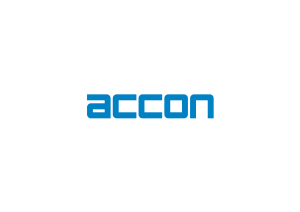
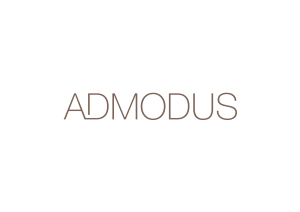
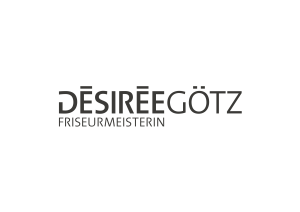
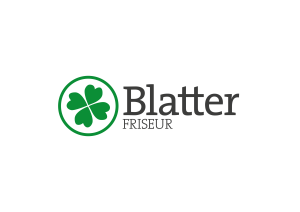
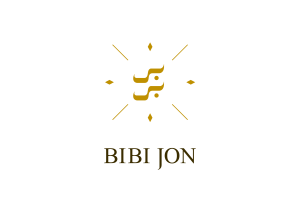
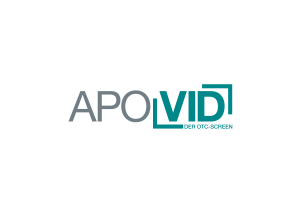
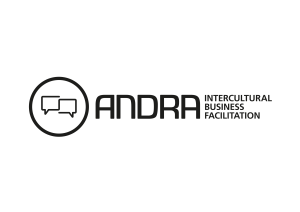
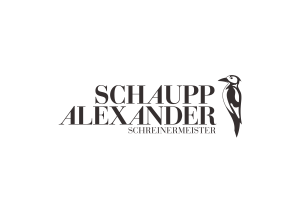
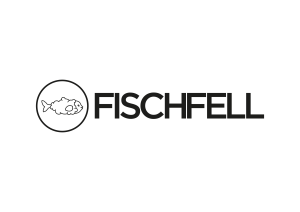
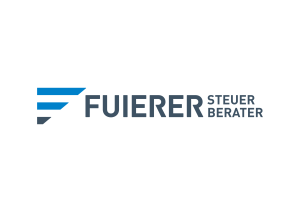
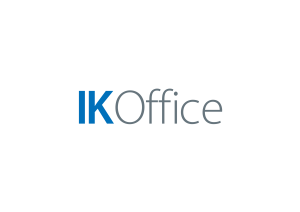
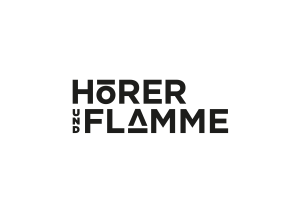
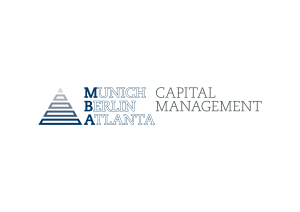
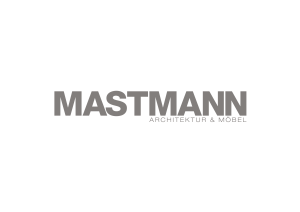
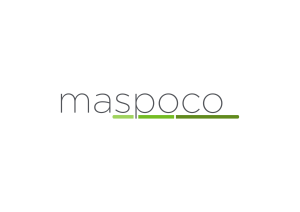
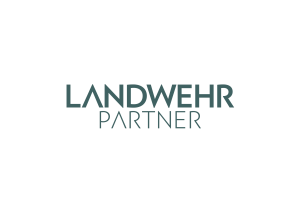
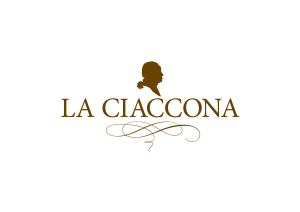
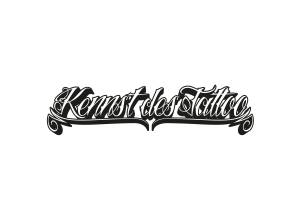
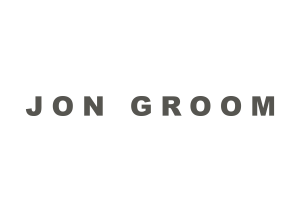
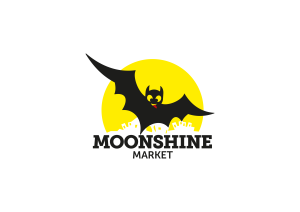
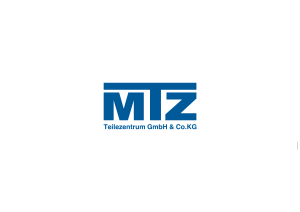
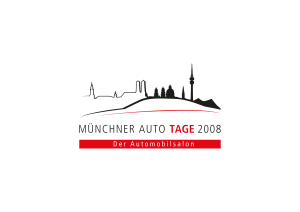

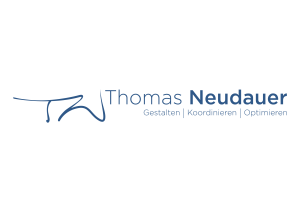
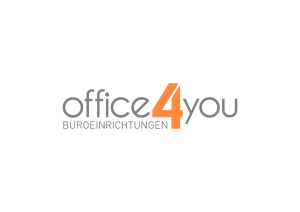
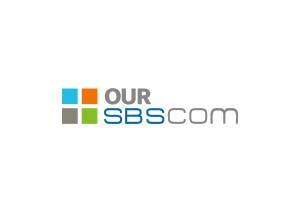
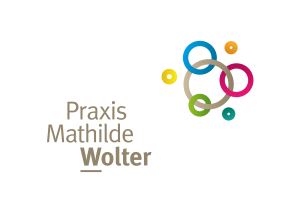
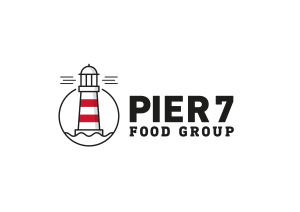
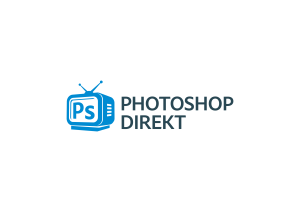
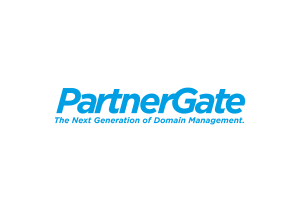
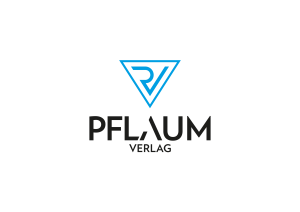
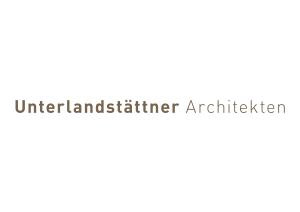
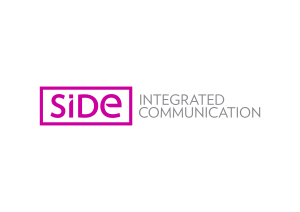
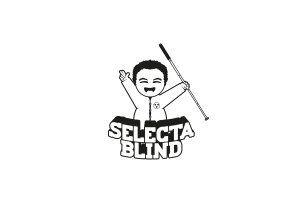
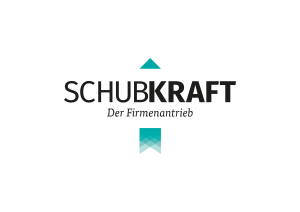
You want to have a first offer
You only have to answer a few questions.
You want to know more about me
You only have to answer a few questions.